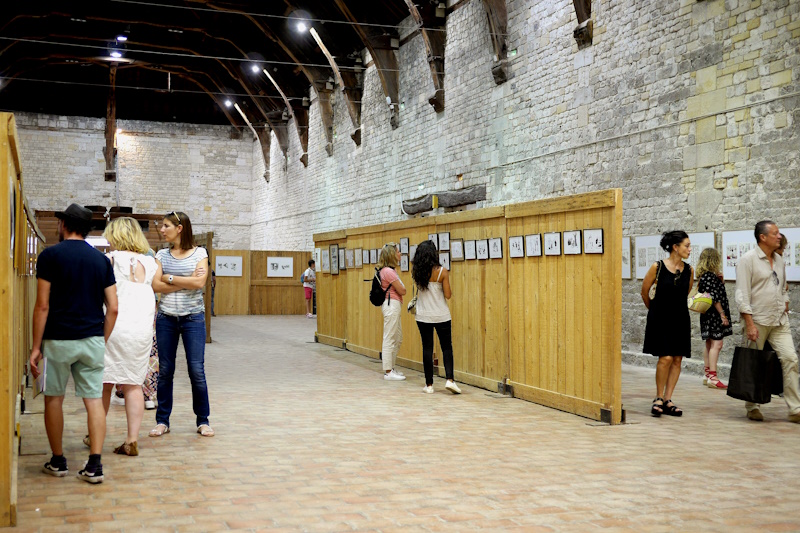
1h30 – 2,5km
Narrow, cobbled streets, old stones and medieval charm…
Saint-Leonard Church
Imposing church, dedicated to St. Leonard, patron saint of prisoners. The first traces of the existence of this church date back to 1186. Following several destruction et reconstructions, styles mix together forming a unique and sumptuous building.
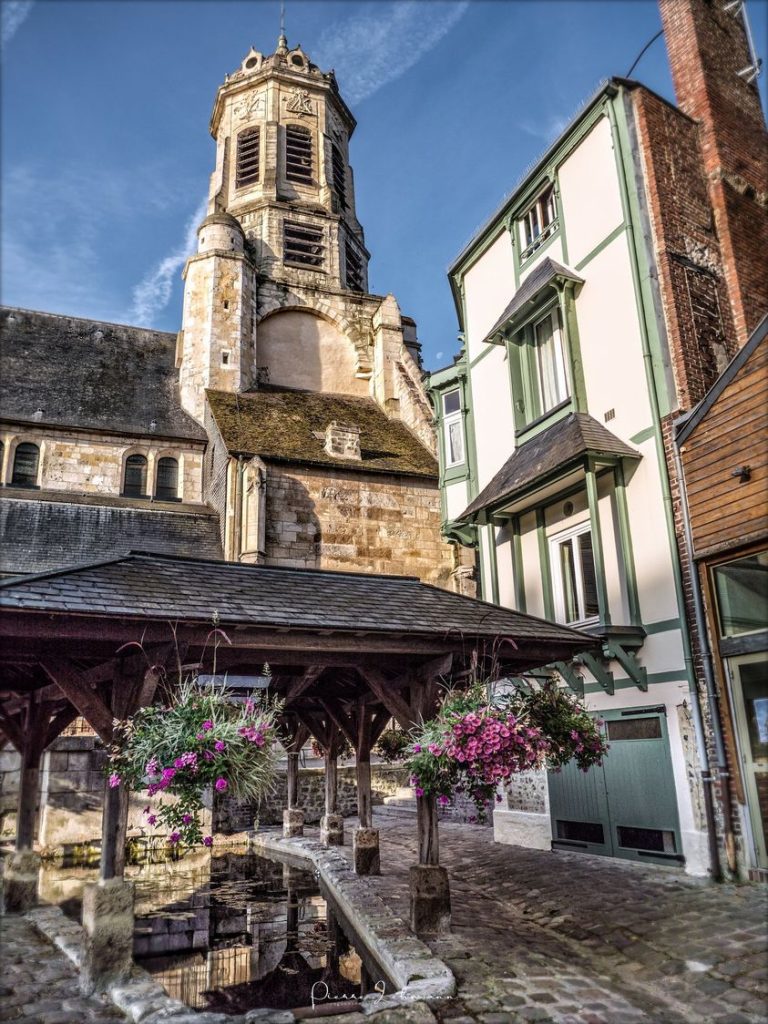

Tripot Garden
This space is an invitation to stroll, a haven of tranquility, in the heart of the historic center from Honfleur. Mixing Story, culture et promenade along the water, with one side zen which inspires serenity. Located on an arm of the Claire, the garden includes numerous promontories and viewpoints over the watercourse, which are optimally highlighted.
The artist Annick Leroy made a fresco in mosaic recalling the work of the corporation of tanners and dyers. She also designed two sculptures fountains.

St. Catherine's Church
Dating from the second half of the XNUMXth century, theSainte-Catherine church was built by the inhabitants of the city after the departure of the English, during the Hundred Years' War. Having few resources, they used, as raw materials, wood from the Touques forest and their knowledge of shipbuilding.
Classified as a “Historic Monument” in 1879, it has attracted the attention of many archaeologists and historians: it is the largest church in France built of wood with a separate bell tower.
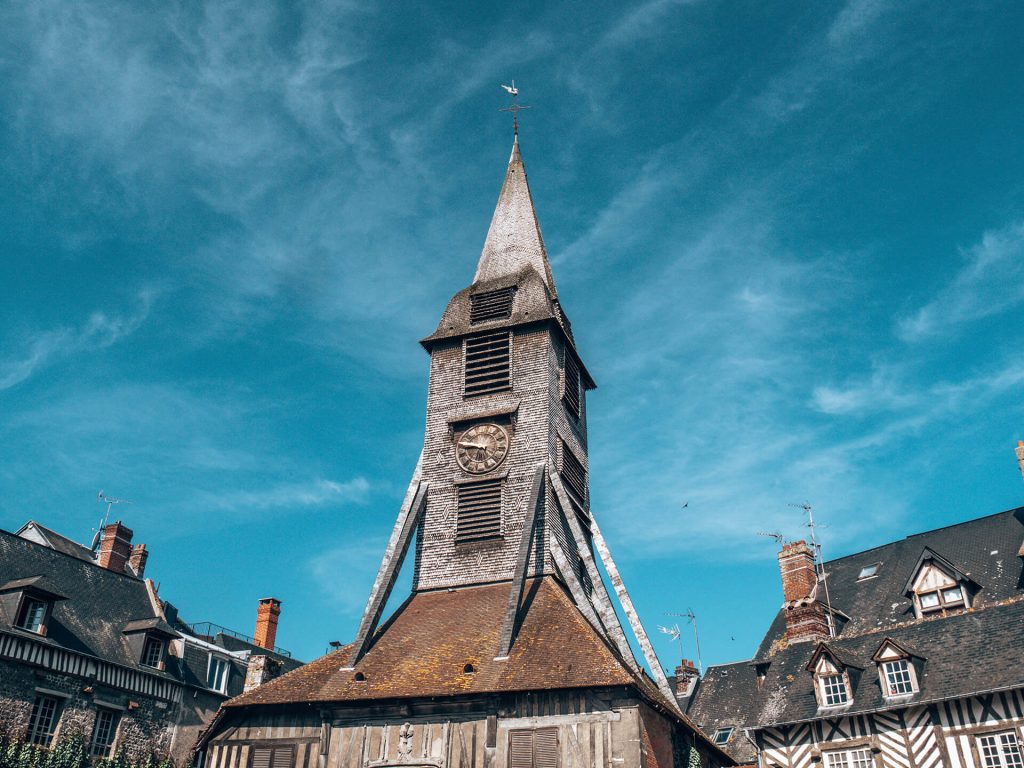

The Lieutenancy
This prestigious building which sits at the entrance to the Old Basin of Honfleur, has been completely restored and has been open to the public since April 8, 2023. It hosts an Interpretation Center on the Architecture and Maritime Heritage of Honfleur and a residence of artists.
The scenography of the exhibition spaces is designed to offer a immersive and active visit which is aimed at everyone. The route continues on the exterior terraces of the Lieutenancy which allow you to read the landscape and observe the city using virtual reconstructions proposed by binoculars.
It’s also an artists’ residence! Artists (visual artists, writers, photographers, musicians, etc.) are therefore welcomed there for part of the year.


The Old Basin
The whole formed by the Old Bassin, picturesque houses from Quai Sainte-Catherine, the Lieutenancy and l'Saint-Etienne church is certainly what strikes you the most when you visit Honfleur for the first time.
On one side of the Vieux Bassin, on the Quai Sainte-Catherine, a whole series of tall houses forms an original backdrop. These houses, close together, of different sizes, have the particularity of having their upper floors overlooking the rue du Dauphin and the rue des Logettes at the rear, so that they almost all have two different owners. .


Maritime Museum
The Navy Museum is located in the old Saint-Etienne church, on the edge of the Vieux Bassin. Built in the XNUMXth century, the Saint-Etienne church is the oldest in the city.
The models, engravings, and objects on display today are the result of numerous donations and legacies. All bear witness to the activities of seafarers and Honfleur society in the XNUMXth and XNUMXth centuries: fishing, shipbuilding, large-scale commerce, popular crafts linked to the sea, etc.
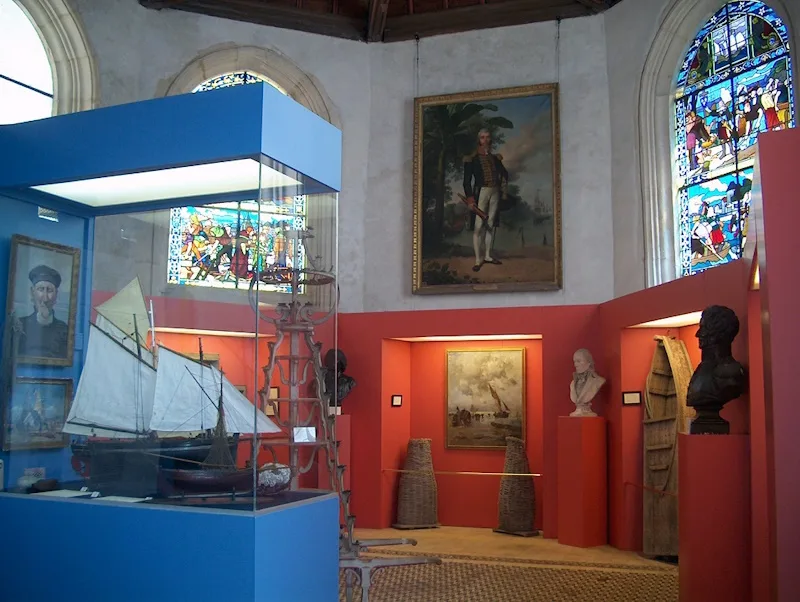

Museum of Ethnography
Le Museum of Ethnography and Norman Popular Art is located rue de la Prison and includes twelve rooms in which Norman interiors are recreated. You can also see the old prisons as well as quite remarkable collections of old folk art objects.


Roncheville Manor
Before the construction of the current building in 1470, there was a residence having belonged to the Bertan family, viscounts of Roncheville and lords of Honfleur. It was Admiral Louis de Bourbon who, after regaining governance in 1470, built the current building.
Au 16rd century, shipowners will settle in the manor and arrange it to make it more functional aspects to their profession. This is how we will see extensions and storage areas appear. storage for goods.

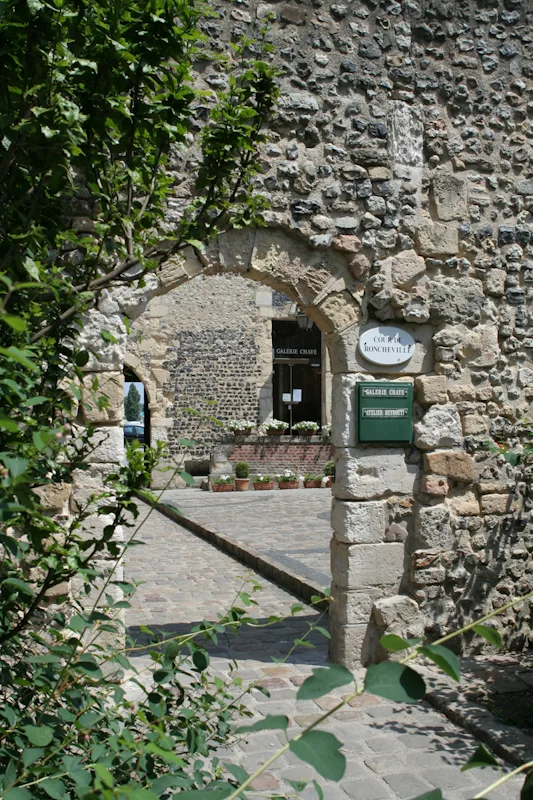
The Salt Granaries
Today, two of the three Salt granaries built in 1670. Most of the stones used in their construction came from the old city walls. Their oak frames are the fruit of the work of marine carpenters of the time. These granaries made it possible to store 10000 tonnes of salt for the gabelle (specific tax on this commodity), salt intended for cod fishing campaigns on the banks of Newfoundland.
Today, they are prestigious buildings and each year they welcome numerous cultural events : exhibitions, concerts, shows, conferences and seminars.
